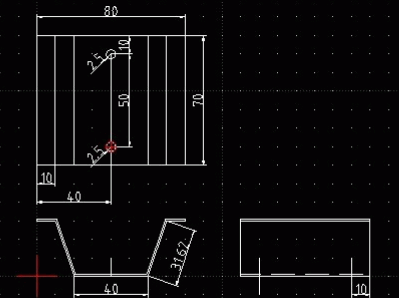

Right click on the block you want to insert again.This gives you the unique ability to edit the block and have your changes be applied to all duplicate blocks of that type. Once you insert a block using one of the above two methods, you can then reinsert the same block. Once the block is inserted, it should appear in the drawing and as a new block inside the “Block List” panel. Using the cursor or the command line, set the coordinance where you want the block placed.Click on the “Insert” button below the “Library Browser”.Inside the “Library Browser”, navigate to the block you want to insert and select it.Set the path of “Parts Libraries” to the directory where you store your saved blocks.Go to “Options” > “Application Preferences”.Using the cursor you can place the drawing, or enter the coordinance in the command line.Navigate to the drawing you want to import.The third method is to insert an existing block, which gives you the option to edit a single block and have the changes be applied to all similar blocks in the same document. The second method is to use the Library Browser, which is very similar, but you need to first setup the location of your library. The easiest and most straight forward method is to import the block.

There are three different ways to insert a block into a LibreCAD drawing. You don’t need to place the drawing anywhere specific, but organizing your blocks into folders makes it easier to find them in the future, and you can even set LibreCAD to show those folders in the “Library Browser”. Once your drawing is complete, save the drawing as a DXF or DWG. It’s not uncommon to create blocks while working on a larger drawing to improve organization and have those components for the future. To create a block, draw a component you want used in future drawings. The inserted drawing will act as a single object instead of being exploded into it’s line segments. A block is simply an existing drawing inserted into a new drawing.

Any saved drawing can be used as a block. Without even knowing it, you have created blocks before. Anything can be turned into a block, but a frequent use is in floor plans, where toilets, sinks, ovens, and other common household items are blocks to be inserted in place. When you insert a block into a drawing, you can move it as a single item, edit it, and delete it easily without it disturbing other parts of your drawing. This allows you to reuse complicated or frequently used components in multiple drawings or multiple times in the same drawing. A block is most simply described as a drawing inside of another drawing. Blocks are a very useful aspect of all CAD drawings.


 0 kommentar(er)
0 kommentar(er)
